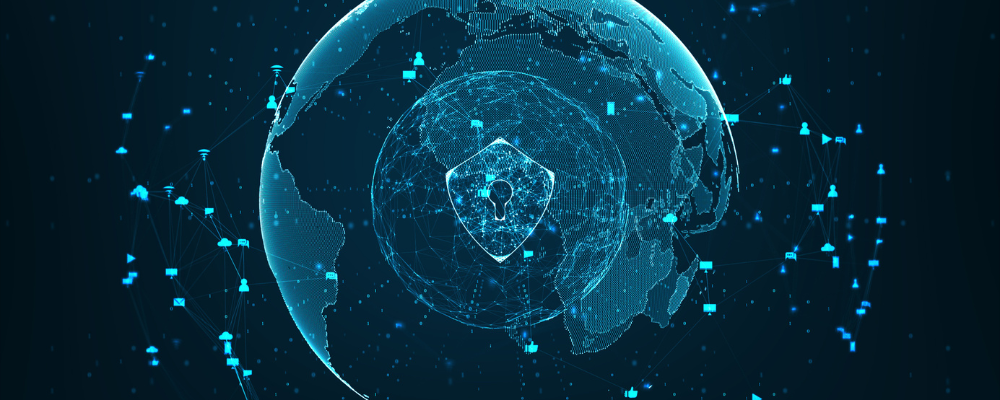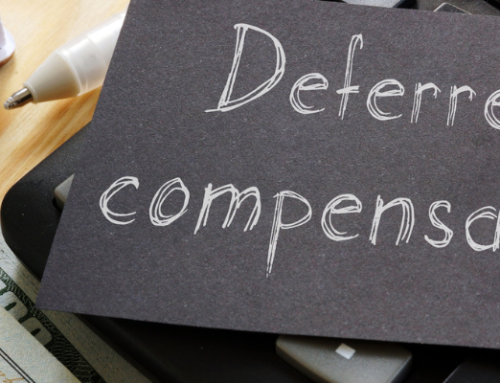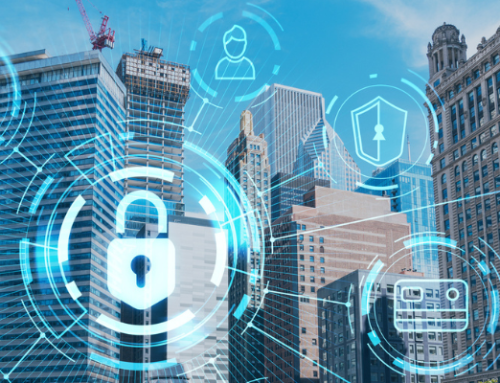By Neena Shukla, CPA, CFE, CGMA, FCPA, CTP
In our digitized world, where data reigns supreme, cyber threats have escalated from mere nuisances to strategic, pernicious weapons capable of quashing economic empires overnight. Nowhere is this more felt than in organizations managing the labyrinth of sensitive data that constitute employee benefit plans. The need for airtight cybersecurity here has never been more acute, and the arsenal is expanding beyond the traditional firewalls and anti-virus software. Today, the frontline defenders are a symbiotic blend of artificial intelligence (AI) and human intuition.
This article explores the intricate web of strengths and nuances in the AI-human partnership, offering insights into how this alliance can be forged to create impenetrable cybersecurity for government contractors dealing with employee benefit plans. Our deep-dive into the topic will encapsulate the raw computational power of AI, which is capable of processing copious amounts of data and identifying threats with precision, juxtaposed with the unquantifiable capacity of human judgment—the innate ability to discern broader contexts, ethical subtleties, and anomalies that algorithms might miss.
The Strengths of AI in Cybersecurity
AI, with its unerring eye, is the steadfast sentinel of the digital realm. It outshines human capacity in digesting vast datasets, recognizing patterns beyond human cognitive reach, and predicting threats with a degree of accuracy that is unmatched. Such is the might of AI that it has become reminiscent of a vaulting tiger—swift, lethal, and pervasive, leaving no shadow unturned in its ceaseless vigil against threats.
Data Analysis and Pattern Recognition
AI’s prowess lies in its capacity to analyze data exhaustively and consistently. It can sift through millions of data points at once, a feat that could stifle and confound the most astute human analyst. And from this data soup, AI excels at plucking out significant patterns, the subtleness of which often eludes human glances, thus prefiguring the onrush of impending malevolence.
Predictive Analytics
Another arrow in AI’s quiver is its capability for predictive analytics. Harnessing machine learning algorithms, it identifies emerging patterns that signify a potential attack and alerts the human cohort to shore up the defenses. This glimpse into the future is vital, for without it, organizations would react to breaches, playing a perpetual game of catch-up, while the attackers remain a step ahead.
The Irreplaceable Value of Human Insight
But for all of AI’s powerful algorithms and scintillating statistics, there remains an immeasurable chasm unfathomable to even the most sophisticated of programs—the realm of human intuition.
Context and Ethical Nuance
Human intuition, honed by experience and ethics, offers a level of understanding that technology has yet to replicate. It can discern context, ethical considerations, and anomalous behavior that might not conform to an algorithm-defined “threat.” Such insights serve as the guiding beacon in the often-murky business of cybersecurity, steering the AI ship to its most profitable course.
Adaptability and Creativity
The complex and dynamic nature of cyber threats demands not only an understanding of the present but also a nimble adaptability to an uncertain future. Here, human insight excels in its creativity, crafting responses to unprecedented scenarios and complementing AI’s predictability with the unpredictable—creative problem-solving.
Case Studies in Symbiotic Success
In the high-stakes world of employee benefit plan cybersecurity, instances abound of AI and human intuition joining forces to repel threats.
Unmasking Insider Threats
A case at a multinational corporation saw AI flag anomalous behavior in an otherwise exemplary employee. The subsequent human investigation uncovered a long-standing data siphoning operation. It was the fusion of AI’s pattern recognition and human intuition’s ethics and context that led to the discovery.
Vulnerability Patching
In another instance, an AI-driven system identified a potential vulnerability. A human team assessed the threat, analyzed the context, and deployed a patch before hackers could exploit it. Despite modernity’s misconceptions, it takes a village—a village of AI and human intellects.
Best Practices for AI-Human Integration
To harness the full potential of this symbiosis, government contractors must intertwine AI and human teams seamlessly.
Cross-Training and Skill Sharing
Melding the two domains through cross-training programs nurtures a shared understanding and respect, erasing the divide that often separates them. Human teams learn AI’s language, and AI systems understand the inferences and judgment calls of their human counterparts.
Collaboration Strategies
Establishing collaboration strategies that play to the strengths of each party is critical. It involves creating workflows where AI processes the data flood and presents the human team with actionable insights, which are then weighed against intuitive hunches.
Leveraging AI for Enhancing Human Decision-Making
AI’s role is not to replace but to enhance human decision-making. It should serve as a supportive adjunct, alleviating mundane tasks and augmenting cognitive processes, thus freeing the human intellect to address more strategic endeavors.
Future Trends in Cybersecurity and AI
The future of cybersecurity for employee benefit plans exudes a sensorium both thrilling and daunting. AI’s evolution will continue apace, with quantum leaps expected in its understanding and application of human-like judgment. But even as the technological horizon broadens, the irreducible value of human insight will remain, a timeless guardian of the realm.
The synergy between AI and human intuition is the bridge to an uncertain future, where each brings unique attributes, and the combination yields a sum stronger than its parts. It is this alliance that will fortify employee benefit plan security in a cyber-landscape where the only constant is unyielding change.
For government contractors wishing to thrive in this environment, the imperative is clear. The future of cybersecurity is decidedly human-AI, and those that skillfully blend these two elements will not only survive the tempest but chart a course to uncharted security paradigms.





